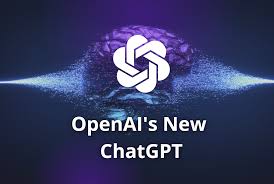GPT, or Generative Pre-trained Transformer, is a type of artificial intelligence model developed by OpenAI that has gained widespread attention for its ability to generate human-like text. It is a natural language processing (NLP) model that has been trained on a large dataset of human language and can generate coherent and naturally flowing text when provided with a prompt. In this blog post, we will take a closer look at GPT and its capabilities.
One of the main features of GPT is its ability to generate text that is coherent and flows naturally. This makes it useful for a wide range of applications that involve generating written content, such as news articles, poetry, and even entire novels. It has also been used to create chatbots that can hold natural conversations with humans, leading to the creation of ChatGPT, a chatbot based on the GPT model.
In addition to its text generation capabilities, GPT is also able to perform other natural language processing tasks, such as translation, summarization, and question answering. It has achieved impressive results in many of these tasks and has become a popular choice for researchers and developers looking to build NLP systems.
One of the main benefits of GPT is its ability to learn from large datasets and improve its performance over time. It is trained using a process called unsupervised learning, which means it can learn to perform tasks without explicit labels or guidance. This makes it a powerful tool for tasks that require the ability to learn from large amounts of data.
Overall, GPT is an impressive artificial intelligence model that has a wide range of applications in natural language processing. Its ability to generate human-like text and perform other NLP tasks has made it a popular choice for researchers and developers, and it is likely to continue to be an important player in the field for years to come. If you are interested in artificial intelligence and natural language processing, it is definitely worth keeping an eye on the developments and advancements made with GPT.
